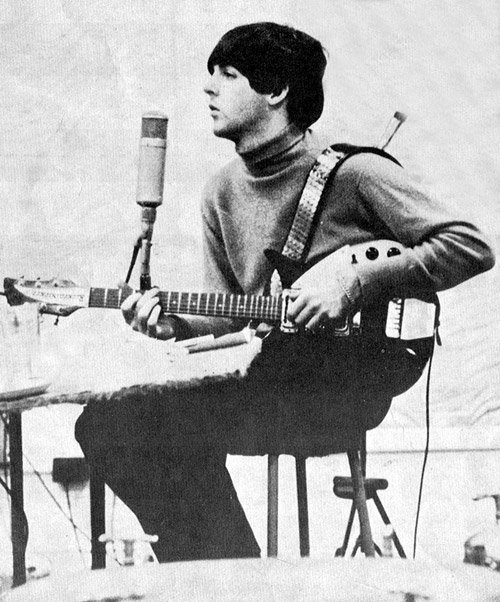
Paul McCartney: Biography
James Paul McCartney was born in Walton Hospital on 18 June 1942 where his mum was a nurse. Although he was named James, his parents added Paul as a middle name. It stuck, and that’s what his parents, Jim and Mary, called him from when he came home. He was baptised at Our Lady and St. Philomena’s Catholic Church on Sparrow Hall Road, Fazakerley, on 12 July 1943.
Homes
The McCartney family lived at several different addresses during Paul’s formative years in Liverpool. Their first home was in 10, Sunbury Road (Anfield), near to Walton Hospital where Mary worked. They moved in 1942 to 92, Broadway Avenue, Wallasey (Wirral) as Jim was given a wartime job in an armaments factory there.
After a short stay and too many bombs falling close to their home, they moved back across the River Mersey to the outskirts of Liverpool into a temporary house in Roach Avenue, Knowsley, before returning to the Everton district of Liverpool, near Jim’s family.
They lived in a flat in Sir Thomas White Gardens in 1943. Mary needed to return to work after Paul’s younger brother Mike was born, but instead of resuming her nursing duties in a hospital, she was promoted to district nurse, becoming responsible for patient care outside a hospital environment, within the area she lived. She took a job in the far south of Liverpool, in a new housing estate in Speke. A house came with the job. The McCartneys first settled in 72, Western Avenue in 1947 before moving across the estate in 1950 to 12, Ardwick Road, close to where George Harrison lived.
Their final move was in 1955 to 20, Forthlin Road (Allerton), where Mary became the resident district nurse and midwife. Allerton was considered a better area than Speke, and was a step up the social ladder for the family. When stardom hit, Paul moved his father in 1964 from Forthlin Road to a house he bought in Heswall. The residence, “Rembrandt”, was in Baskervyle Road (Wirral).
Education
Paul was enrolled in Stockton Wood Primary School (Speke) in 1946 at the age of four, but was moved to Joseph Williams School (Netherley) after Stockton Wood Primary became overcrowded. Paul was a good pupil and one of only a few who passed the eleven-plus exam. He progressed to the Liverpool Institute Grammar School in 1953, where he met George Harrison. After the school closed down in the 1990s, it was earmarked for demolition. Paul, together with local businessmen, saved the school building and created the Liverpool Institute for Performing Arts, also known as LIPA.
Religion
Jim and Mary McCartney’s union was considered a ‘religious mixed marriage’ in Liverpool since Jim was linked to the Church of England while Mary was Catholic. The McCartneys decided against enrolling their boys in the Catholic school system because they concentrated too much on religion. As a compromise, Paul and Mike were baptized Catholic but sent to non-Catholic schools.
Paul sang in a Church of England choir at St. Barnabas’ on Penny Lane, and was a member of the Boy Scouts. He admits some of his songs are semi-religious, like “Lady Madonna” and “Let it Be”. The phrase, ‘let it be’, is in common use throughout the major religions of Judaism, Islam and Christianity in its Hebrew form: “Amen”. “There will be an answer, amen”.
Paul reckons he developed much of his religious philosophy at the speaker’s corner at the Pier Head. The Catholics and Protestants constantly argued and bickered, providing hours of free entertainment. From these great debates, Paul developed a simple philosophy: God was good without an ‘O’ and the Devil was evil with a ‘D’ added. This arguing between the denominations was a classic case of religion getting in the way of faith.
Musical Influences
Paul’s musical education was forged at Forthlin Road, where his father Jim, an accomplished musician, constantly had music playing in the house. Jim imparted a wonderful piece of Irish-Liverpool wisdom to his son, “If you learn to play the piano, you’ll get invited to lots of parties”.
Jim and his band, Jim Mac’s Jazz Band, filled the house with music, and before long Paul had progressed from the trumpet to guitar, piano and the drums. Jim often set Paul down and put a record on, and then explained how the song was constructed. He went over the melody, the harmony, the bass line, the strings and the brass. The Beatles, in the latter phase of their career, started adding strings, horns and classical influences to their songs, thanks to Jim’s great education. That however was just the foundation: Paul still couldn’t read or write music. That is why record producer George Martin, often referred to as the fifth Beatle, became such a vital part of The Beatles song writing success. He could interpret what Paul wanted and produce the orchestral arrangement that would underline so many of The Beatles’ songs.
Liverpool inspired Paul in his music with “Penny Lane”, and his mum was commemorated in “Lady Madonna” and “Let It Be” amongst others. He also took the inspiration for “Mother Nature’s Son” from his childhood visits through the countryside to the nearby village of Hale.
Paul’s debut with The Quarrymen has been recorded as being at New Clubmoor Hall. However, Colin Hanton remembers playing with the group, including Paul, at St. Peter’s Church Hall. They then played without being paid at Wilson Hall in Garston. The promoter at Wilson Hall was Charlie McBain and he liked what he saw and heard, so he booked them at his other club, the New Clubmoor Hall. This last event was the first paid appearance Paul made with The Quarrymen.
Jim and Mary McCartney
Paul’s parents were very influential during his childhood. Jim was born on 7 July 1902 and baptised at St. Benedict’s Church of England Chapel on Heyworth Street, Everton. He was educated at Steers Street School and, as a boy, was a program seller and limelight boy in the Theatre Royal, Breck Road. Jim was a cotton salesman, and his strength of character came to the fore when his wife died prematurely of breast cancer. He kept working, while bringing up Paul and Mike, no small feat for a widower.
Mary was different. She was the strong, silent type. The quiet matriarch didn’t need to shout because her presence was enough to make the boys obedient. She was determined that her sons grew up with a strong education and aspire to be professionals. Mary was born in 1909 at 2, Third Avenue, Walton, and baptised at the Blessed Sacrament Roman Catholic Church in Walton Vale.
Mary even enrolled them in private elocution lessons to lose their Liverpool accents. Mary died on 31 October 1956 when Paul was only fourteen, something that would bring him and John Lennon closer. Mary’s requiem mass was held at St. Bernadette’s Roman Catholic Church in Allerton on 3 November 1956. Paul’s way of dealing with his bereavement was to lose himself in his music.
In November 1964, Jim remarried to a thirty-four-year-old widow, Angela Williams. Angela was considerably younger than Jim and had a five-year-old daughter, Ruth, whom Paul was happy to call his sister. His song “Golden Slumbers” was inspired by Ruth’s piano book.
Ray O’Brien
Ray O’Brien attended the Liverpool Institute with Paul and Mike McCartney, as well as George Harrison and Neil Aspinall (who went on to become the Chief Executive of Apple) among others.
“I don’t have many memories of Paul, who was a couple of years ahead of me, but the one vivid memory is of seeing him walking across the yard with his guitar over his shoulder, heading for the Art College for a practice with John. Paul was a model pupil, never in trouble and academically good. I remember him from the morning assemblies, and how Paul was always immaculately turned out. He even won an art prize at school”.
Paul settled in well at the Liverpool Institute. He befriended two key people at the school: George Harrison and Ivan Vaughan. Vaughan was in The Quarrymen with his friend, John Lennon.
David Bedford
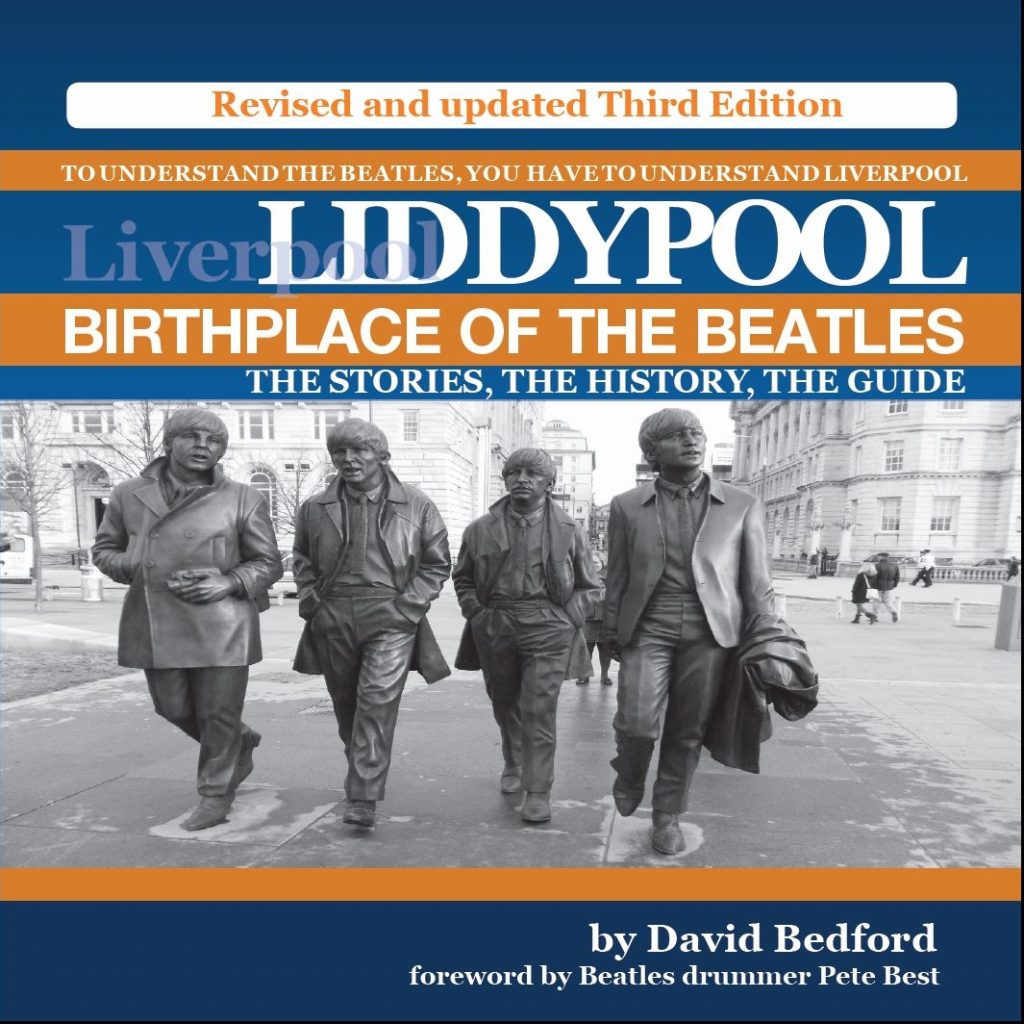


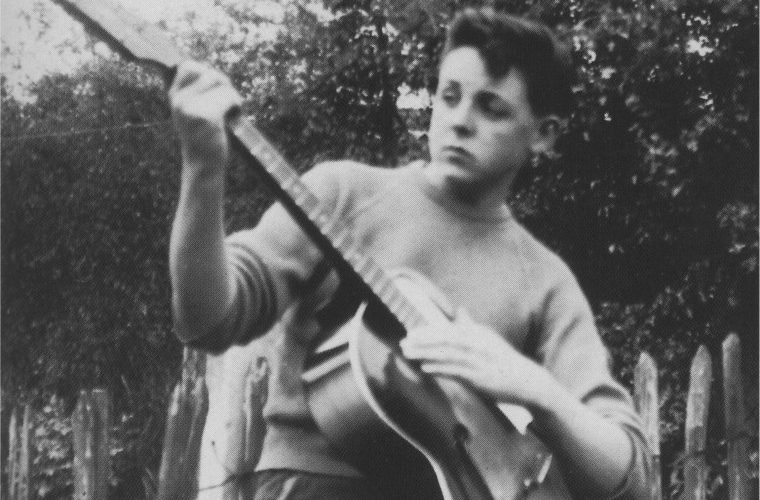
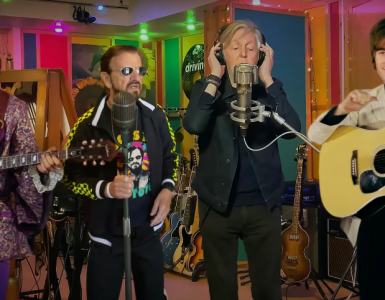
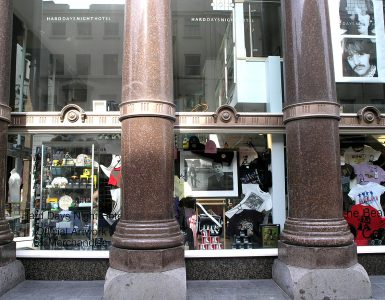
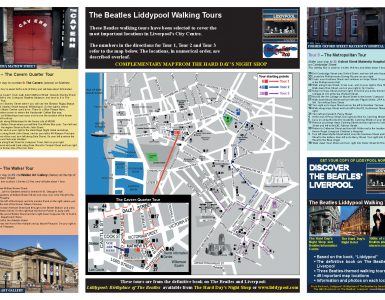
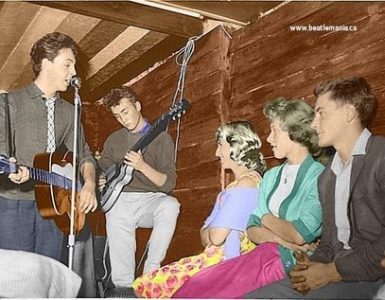









[…] Paul McCartney: Jim & Mary McCartney; Mike […]